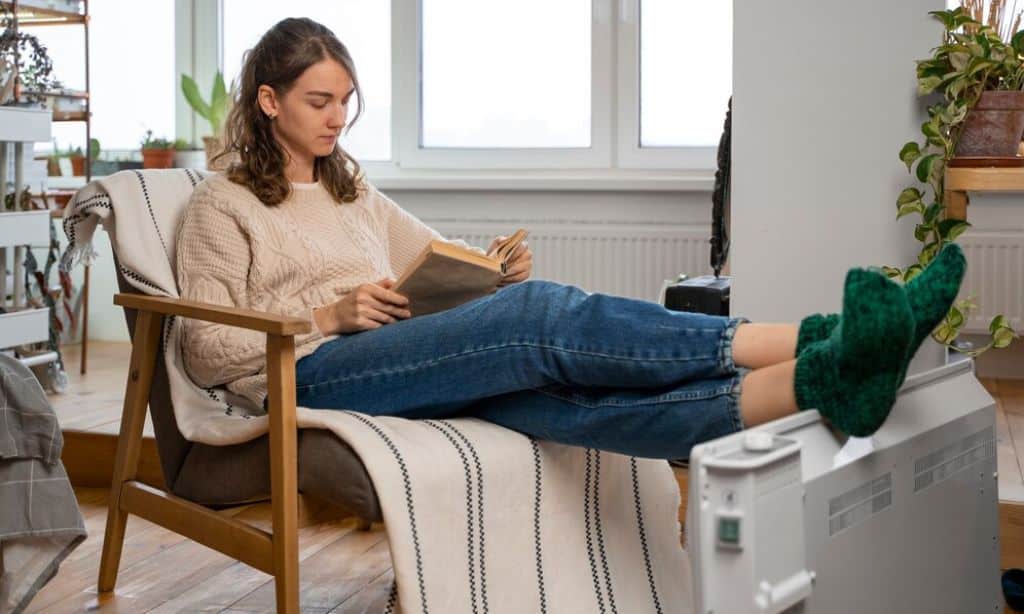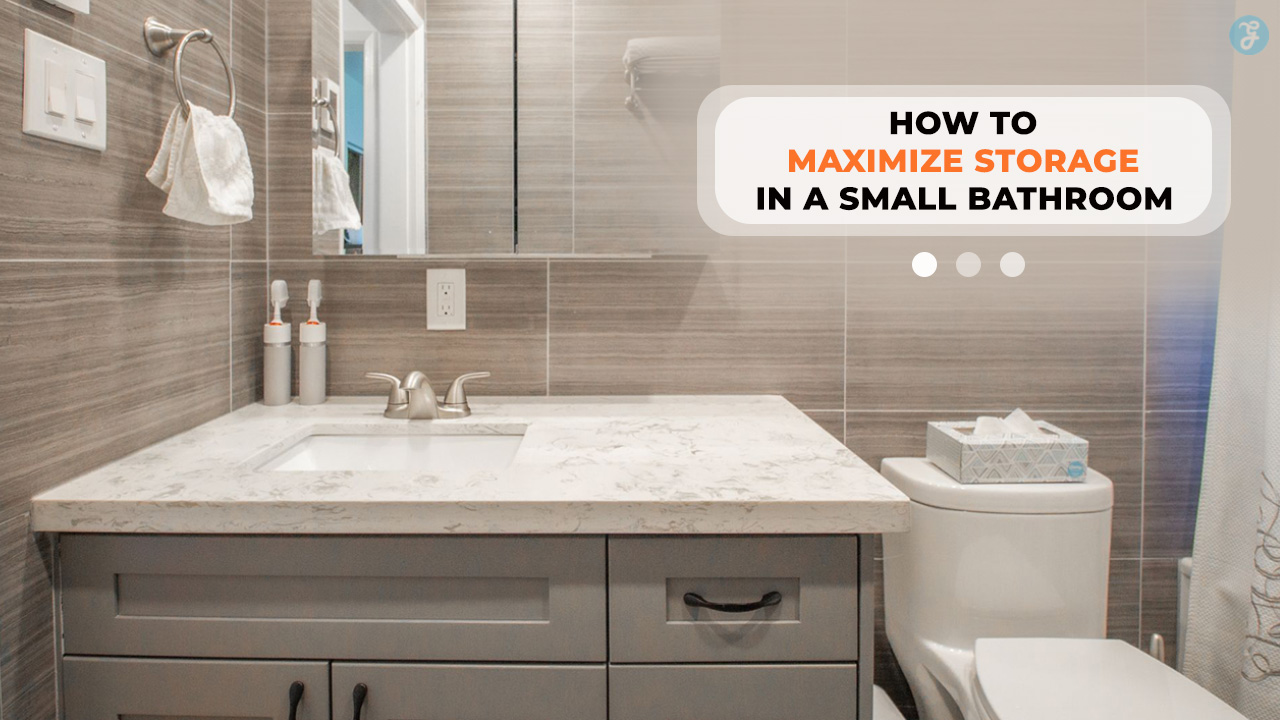As winter approaches, many homeowners face a common dilemma: finding the ideal thermostat setting that balances comfort with energy efficiency. This decision affects not only your comfort but also your energy bills and environmental impact. Let’s explore the science-backed recommendations for optimal winter thermostat settings and understand how to maintain a cozy home without breaking the bank.
Recommended Temperature Settings
The U.S. Department of Energy suggests setting your thermostat to 68°F (20°C) during waking hours when you’re at home. This temperature provides a good balance between comfort and energy savings. For every degree you lower your thermostat during winter, you can save about 1-3% on your heating bill.
Optimal Temperature Schedule
Here’s a detailed breakdown of recommended temperatures throughout the day:
| Time of Day | Temperature | Energy Saving Potential |
|---|---|---|
| Daytime (When Home) | 68°F (20°C) | Baseline savings |
| Sleeping Hours | 62-66°F (16-19°C) | 5-10% on heating costs |
| Away from Home | 62-65°F (16-18°C) | 10-15% on heating costs |
| Vacation Mode | 55°F (13°C) | Maximum savings |
Factors Affecting Optimal Temperature Settings
Home Occupant Considerations
Different groups have varying temperature needs:
- Elderly people often need warmer temperatures (70-72°F)
- Infants and young children may require slightly warmer settings
- People with certain medical conditions might need specific temperature ranges
- Active individuals might prefer cooler settings
Building Characteristics
- Home insulation quality
- Window efficiency
- Building age and construction materials
- Home’s directional orientation
- Number of floors
- Local climate zone
Health and Comfort Benefits
Sleep Quality
Research shows that sleeping in a cooler room (60-67°F) can improve sleep quality because:
- It helps lower core body temperature
- Promotes production of melatonin
- Reduces nighttime wakings
- Improves REM sleep cycles
Air Quality
Proper temperature settings can affect indoor air quality by:
- Reducing mold growth risk
- Controlling humidity levels
- Minimizing dust mite populations
- Improving ventilation effectiveness
Energy Efficiency Tips
Smart Thermostat Benefits
Installing a smart thermostat can lead to:
- 10-12% savings on heating costs
- Automated temperature adjustments
- Remote control via smartphone
- Learning your schedule and preferences
- Detailed energy usage reports
Supplementary Heating Strategies
- Zone Heating
- Heat only occupied rooms
- Use space heaters strategically
- Close doors to unused spaces
- Adjust room vents as needed
- Natural Heat Sources
- Open curtains during sunny days
- Close curtains at night for insulation
- Use ceiling fans clockwise to circulate warm air
- Take advantage of heat from cooking
- Home Weatherization
- Seal air leaks around windows and doors
- Add or upgrade insulation
- Install weatherstripping
- Use door draft stoppers
Cost Analysis
Average Winter Heating Costs
Monthly heating costs vary by fuel type:
- Natural Gas: $65-130
- Electric Heat: $120-200
- Oil Heat: $140-250
- Heat Pump: $85-150
These figures assume a 2,000-square-foot home in a moderate climate zone.
Potential Savings
Following the recommended temperature settings can result in:
- Annual savings of $180-300
- 15-20% reduction in heating costs
- Lower environmental impact
- Extended HVAC system lifespan
Environmental Impact
Carbon Footprint Reduction
Optimal thermostat settings can reduce:
- CO2 emissions by 1,000-2,000 pounds annually
- Overall energy consumption by 15-20%
- Peak energy demand during winter months
- Strain on power grids
Special Considerations
Extreme Weather Events
During severe cold:
- Maintain minimum 55°F to prevent pipe freezing
- Consider higher settings during extreme cold snaps
- Monitor indoor humidity levels
- Check on vulnerable neighbors
Vacation Settings
When leaving for extended periods:
- Set temperature to 55°F minimum
- Install freeze sensors
- Consider remote monitoring
- Inform neighbors of extended absence
Finding the perfect winter thermostat setting involves balancing comfort, energy efficiency, and specific household needs. The general recommendation of 68°F during the day and lower temperatures at night provides a good starting point. By considering factors like occupant needs, building characteristics, and implementing energy-saving strategies, you can maintain a comfortable home while managing costs and environmental impact.












































